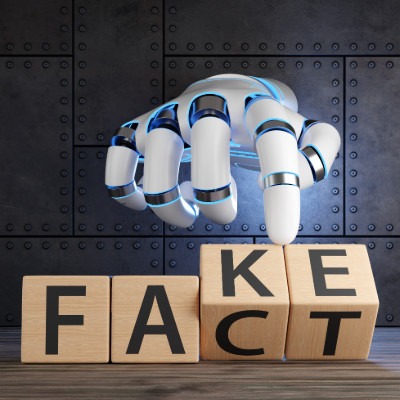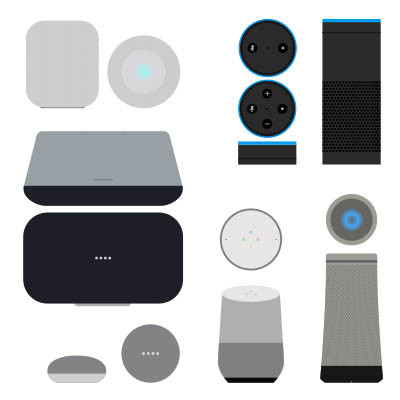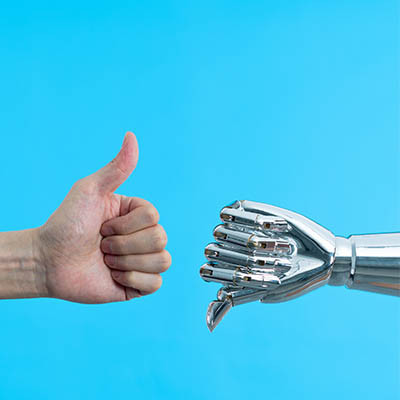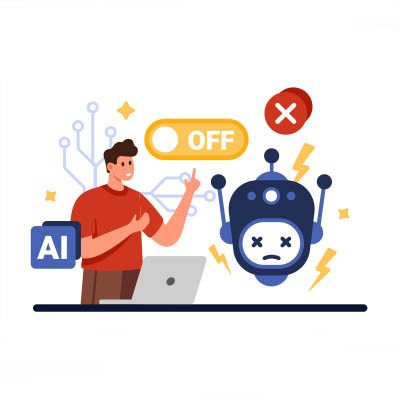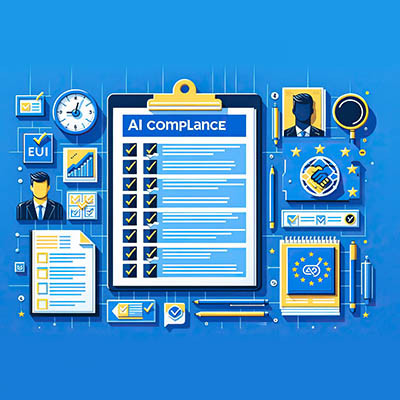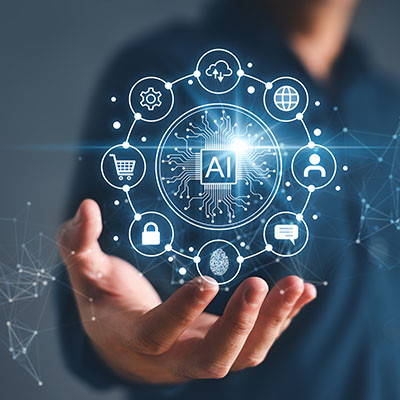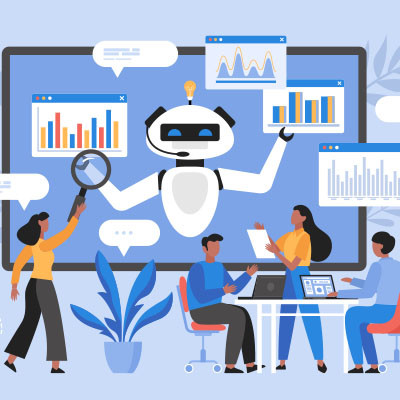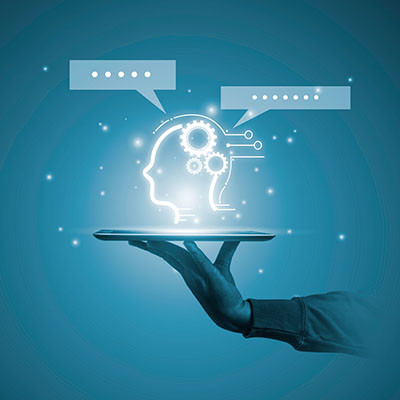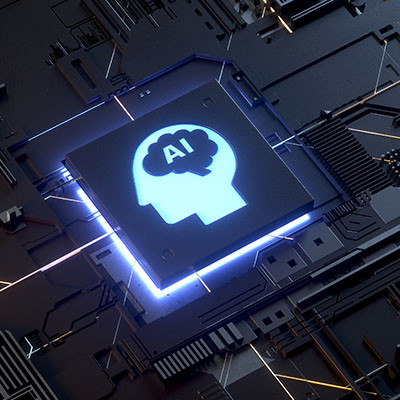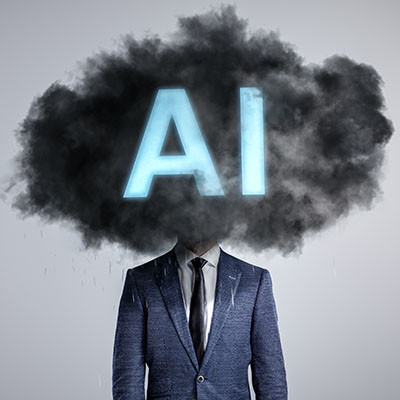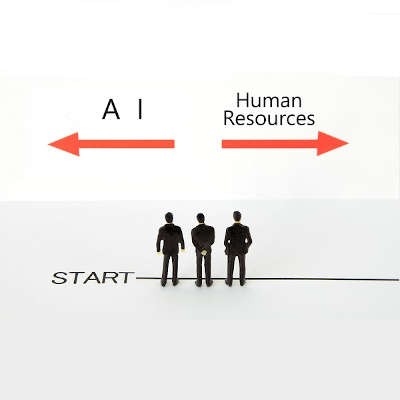Gravité Blog
Smart speakers have been around for a while, but let’s be honest—they haven’t exactly changed the world. Sure, they’re great for playing music, setting timers, and answering random trivia questions, but beyond that? Not much has evolved. So, how did we get here, and what’s next? More importantly, can they actually be useful for businesses, or are they just another gadget collecting dust?
Besides all of those people who are advocating for the scaling back or non-implementation of tools to save jobs, most people understand the benefit of automation when it makes sense. Not only do machines tend to do certain tasks more effectively, they never willingly take a day off. Unfortunately, for every task that needs to be completed less than half can be automated, and that number drops even further when you take into account everything a human does at their job. Today, there are very few jobs that can be fully automated; even as AI has begun to be used more for business. This week, we wanted to discuss why automation may not be the answer you are looking for and why training humans holds a lot of value.
The big thing in business computing is AI, or artificial intelligence, and businesses are implementing it to solve a lot of repetitive problems that free up their employees to serve other roles. One such area is for IT support. But is it worth it to chat with a robot when something as important as IT is on the line?
Artificial intelligence is everywhere, and it is making data more valuable than ever. This is because AI platforms rely heavily on data to function effectively. Many platforms and services collect data from their users to fuel these algorithms. LinkedIn has recently been found to do this—by default—without properly informing its users or updating its terms of service.
One of the many tasks undertaken by the United Nations is to protect human rights around the globe while also working to create more sustainable and climate-friendly development. As such, the UN has recently taken a healthy interest in the development of artificial intelligence, hoping to develop guidelines that allow us to get the most value out of AI without creating more significant problems.
Businesses are constantly trying to find a way to best use their data. Whether it is creating a business intelligence strategy, integrating artificial intelligence, or for simple analytics, without having accurate, reliable data, the insights you derive can be misleading and end up costing you. That’s why it is important to know how to scrub or clean your data. Having access to clean data is essential for anyone involved in business intelligence or AI. Today, we will discuss the issue and give you a simple guide to help you get started.
While AI is far from perfect, I always love discovering ways that it can help do something mundane and speed up a workflow here or there. I’m no expert in Photoshop either, so if I need to edit something, I usually depend on someone with a little more experience, but this was a really neat trick I was able to do in just a few minutes!
Over the past few years, artificial intelligence has become a bona fide buzzword amongst businesses of all sizes, with 97% of respondents to a Forbes survey seeing a potential benefit in some way, shape, or form. However, with it being integrated everywhere in our modern lives, it is important that we remember that AI is still a human invention, as such, it is vulnerable to our own implicit biases.
AI has unquestionably emerged as the standout technology of the year, and it was only a matter of time before Microsoft entered the arena with its own enterprise-ready AI platform. The introduction of Microsoft CoPilot has sparked a fair amount of confusion and left many questions unanswered, so today our aim is to shed light on what CoPilot is and explain the value you can expect to get out of the new Microsoft AI.
While artificial intelligence is frequently hyped up to the point that it seems to be plucked from the realm of science fiction, its true applications are actually much more mundane. That being said, these applications are often the ones that show the most promise in terms of the value they have to offer society.
For instance, let’s consider the work that Google is doing through something called Project Green Light.
With the release of the 2023 edition of their annual Work Trend Index report, dedicated to exploring the topic of Will AI Fix Work?, Microsoft took a deep dive into the impact that artificial intelligence will have on the workplace in the future. This report ultimately resulted in three major conclusions, which we felt we should help amplify and contextualize.
It seems that you can’t turn your head nowadays without seeing artificial intelligence being incorporated into some software or platform. However, many leaders in the technology space have expressed their concerns about—as they put it—the “profound risks to society and humanity” that AI poses, outlined in an open letter.
Human resources are a part of almost any business. That is because there are a lot of Is to dot and Ts to cross in any business. Some HR departments are better than others, but typically the HR department deals with most of the elements of the business that deal with, you guessed it, the human resources (employees). Today, the HR landscape is changing as businesses are now looking to automation to handle much of the heavy lifting.

